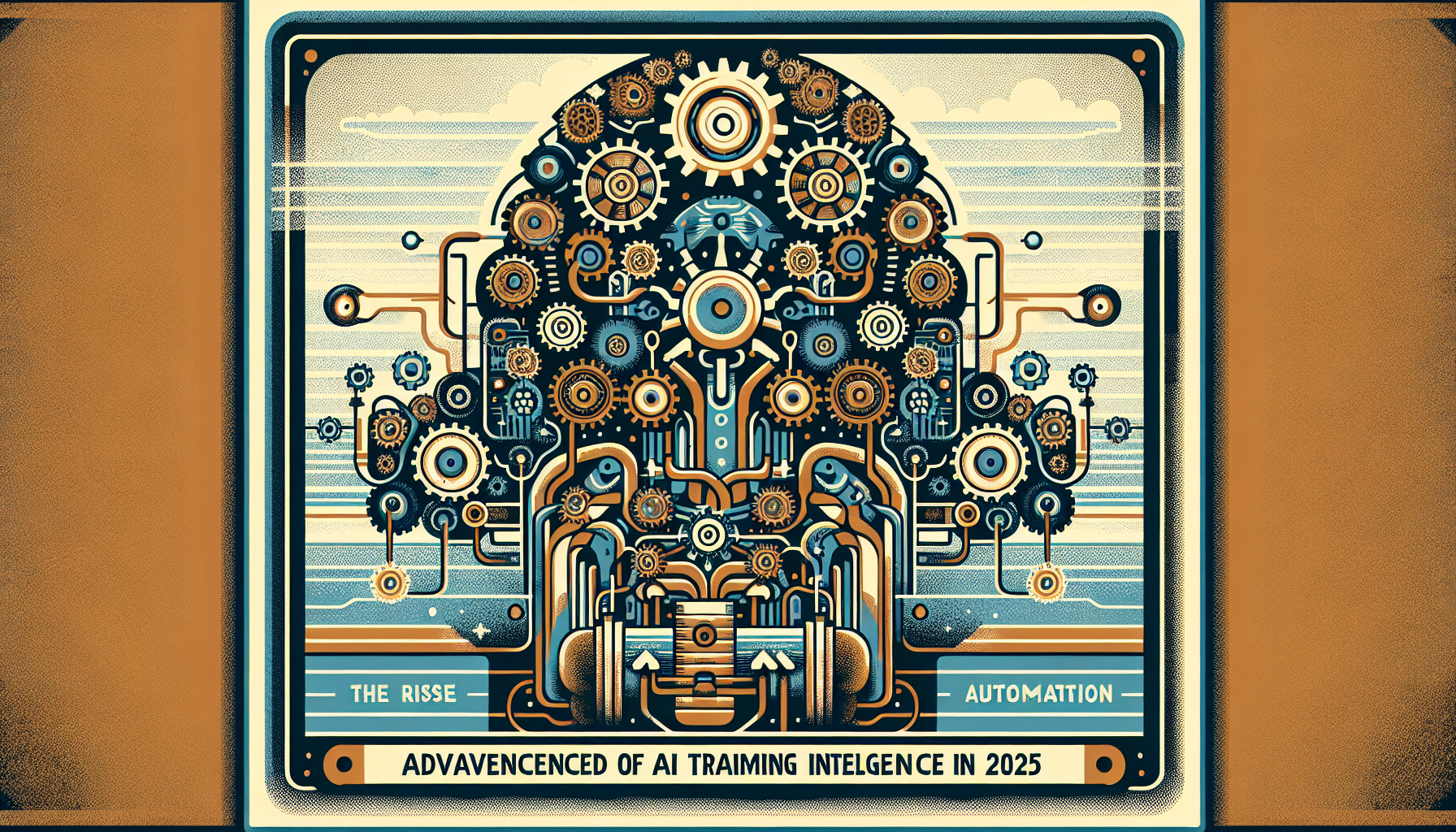In 2025, the field of artificial intelligence is experiencing rapid growth, fueled by unprecedented investment and technological progress. Two pillars support this era of advancement: immense AI training clusters and the rise of automation powered by intelligent machines.
AI Training Clusters: The Engines of Progress
At the core of today’s AI revolution are vast clusters of computing hardware. These clusters, made up of tens of thousands of specialized chips—such as GPUs and Google’s TPUs—are essential for training the world’s largest and most capable AI models.
By 2025, the largest clusters have scaled to include more than 300,000 GPUs, a number almost unimaginable just a few years ago. Companies like Google have built clusters that stretch across entire regions, connecting data centers in states like Ohio, Iowa, and Nebraska. The sheer scale is reflected in their enormous energy needs, with power consumption measured in gigawatts. This massive infrastructure is necessary for training ever-larger AI models that drive the latest advancements in natural language understanding, image generation, and more.
This field is dominated by leading cloud providers and technology firms such as Nvidia, Microsoft, Amazon, and Google. These organizations manage the world’s most powerful computing platforms, making access to these clusters an invaluable resource. Because the number of cutting-edge GPUs is limited, owning or renting capacity has become a strategic advantage for both research and commercial pursuits.
However, building bigger clusters comes with real challenges. One of the most pressing is the network bottleneck: moving huge amounts of data between thousands of powerful chips at high speed. Training sophisticated models, like Meta’s Llama 3 with its 405 billion parameters, requires impressive resources—over 16,000 GPUs and more than 700 terabytes of memory. As models grow in complexity, the demands on data center networks, cooling systems, and energy supplies are only set to increase. By 2030, the computational needs of AI models could be 10,000 times greater than today, pushing global spending on data center infrastructure to projected heights of $423 billion by 2029.
AI-Powered Automation: Transforming Industry
As AI models become more capable, their influence spreads far beyond the data center. Advanced AI is now integrated directly into physical machines, giving rise to a new generation of automated systems and industrial robots. These intelligent machines can learn to perform intricate tasks, adapt to changing environments, and work side-by-side with human teams.
Industrial sectors such as manufacturing and logistics are feeling the greatest impact. Robots now powered by advanced AI can operate with greater flexibility and safety than ever before. This means production lines can adapt to new products more quickly, warehouses can respond efficiently to shifting demand, and workplaces overall become safer as machines handle hazardous or repetitive work.
The combination of expansive AI training infrastructure and smart automation represents a turning point. The tools of artificial intelligence are not only accelerating innovation but are also reshaping the very nature of work and industry. As adoption spreads, companies and workers alike must adapt to new opportunities and challenges in this rapidly evolving landscape.
Comparing the Frontiers: Training Clusters and Automation
| Aspect | AI Training Clusters | AI in Automation |
|---|---|---|
| Core focus | Enormous GPU and TPU clusters for training advanced AI models | AI-powered robots learning and executing complex tasks |
| Scale | Clusters of 100,000+ GPUs, with gigawatt-level energy use | Widespread deployment in factories, warehouses, and beyond |
| Key challenges | Network speed, high energy usage, limited hardware | Effective learning, real-time adaptability |
| Investment outlook | $250B+ in 2025, rising to $423B by 2029 for infrastructure | Continued breakthroughs increasing industry adoption |
| Leading players | Google, Nvidia, Microsoft, Amazon | Industrial robotics companies, AI research institutions |
The relentless drive to expand AI through both massive training clusters and advanced automation is shaping the technical world of 2025 and beyond. Meeting the challenges of scale, network performance, and real-time learning will determine the pace and direction of the next wave of intelligent technology.

Leave a Reply